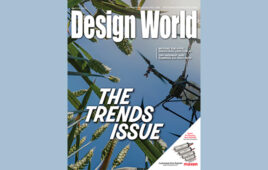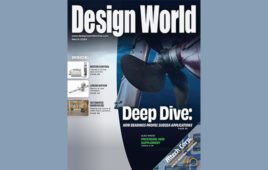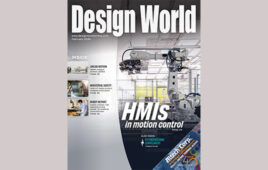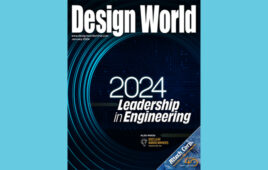Is China’s manufacturing future in trouble?
At the recent NFPA Annual Conference, I was eager to hear Peter Ziehan, the famed geopolitical analyst, and his take on Russia’s invasion of Ukraine. Ziehan has been predicting this type of aggression from Putin for years, based on his country’s terrible societal demographics, which indicate a country slowly imploding.
But what I came away with from the talk instead was real surprise over what he had to say about China’s future. Ziehan spoke about the country’s “One child policy,” which was Mao’s creation in the late 20th Century. The concept was to push down what was looking to be a terrifying demographic structure that looked like it would eventually eat the country alive. (Similarly, the U.S. was afraid of a wave of young, hungry Chinese labor that would take all of our manufacturing jobs.) But today, seven years after the policy was officially redacted, its consequences are fascinating and brutal.
According to Ziehan, data from January 2020 showed that the Chinese population was already the fastest aging society in human history.
“They were already past the point of even theoretical population replacement,” he said. “With this data, we know that China will cease to exist at some point in the century. And in the best-case scenario, there’ll be half as many Chinese in the year 2100 as there are now.”
What’s more, as the country has released more data from its 10-year census, it appears they over-counted their population by more than 100 million people. Ziehan said that means China will hit 50% of its current population level by 2050.
Ziehan also had plenty to say about Taiwan and the thought that China may invade this island nation that it sees as its birthright. But he didn’t paint a rosy picture there, either.
“Let’s say the Chinese can conquer Taiwan and it did. The U.S. doesn’t get involved. Japan doesn’t get involved … well then what? People like to point out the semiconductor FAT facilities. Well, you don’t get software engineers who work for six figures to now work as slave labor in someone else’s plant,” he said. “The Chinese lack the technical expertise that built or operate those facilities themselves. Otherwise, they would already have them. We know that the Chinese have no problem building things. And all of the design work isn’t done in Taiwan. It’s done here.”
He also stressed that the Chinese Navy, while huge in terms of number of vessels, has limits. Ziehan said that less than 10% of its vessels can sail more than 1,000 miles from the coast — and that assumes “they’re going in a straight line at low speed and no one’s shooting at them.” They can’t get to the Indian Ocean basin. And 80% of the oil China uses is imported and 80% of that comes from the Persian Gulf. So, in a hot war scenario, whether it’s the Americans, the Japanese, the Taiwanese, the Filipinos, the Vietnamese, or the Indians, Ziehan believes that someone will put a couple of boats in the Indian Ocean and cut the energy line.
“Three months later, all the trucks in China stop,” he explained. “Three months after that, the lights go out. And since agriculture is an industrialized sector, six months after that, China has a famine that kills half its population. The Chinese know this. That’s why they haven’t acted, even though they probably have had the military edge for 15 years.”
His last important point was about China’s Covid-19 vaccine, which he said is based on a dead virus in smallpox, a “top technology 50 years ago,” but not so much so today. The vaccine was reportedly only 55% effective in preventing death, and that was before the Alpha, Delta, and Omicron variants appeared.
Ziehan stressed that this is why the country doesn’t dare open back up — and why there’s such a huge crackdown on cities or regions even after a small number of cases are discovered. Add this on to the country’s already shaky demographics, and the situation begins to look even more dire. We’re left to wonder: What will this mean for Chinese manufacturing and production in the coming months and years? It is going to be extremely fascinating to watch.
Paul J. Heney – VP, Editorial Director
[email protected]
Filed Under: DIGITAL ISSUES • DESIGN WORLD




